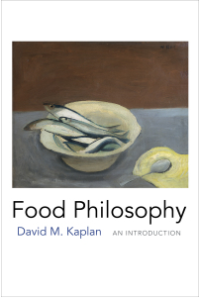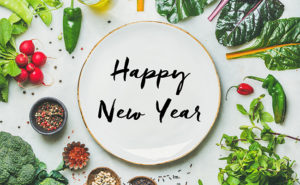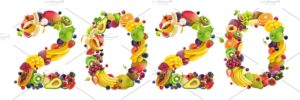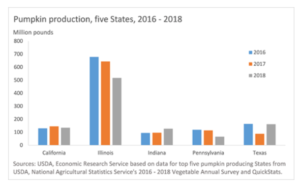Coronavirus and food: the latest
Food connects to everything, even to Covid-19. Here’s how.
The New York Times says “Open Windows. Don’t Share Food.” It reports the latest advice from Vice President Pence’s office, summarized in a flyer. The not-sharing-food advice refers to schools.

The Los Angeles Times asked for a comment of sharing food. Here’s what I told the reporter (the article quotes some of this):
Depends on how paranoid you are. So far, there is no evidence that Coronavirus can be transmitted by food but I suppose it is theoretically possible. Someone who has the virus but doesn’t show symptoms could cough or sneeze or handle raw foods. If you handle the foods before cooking them, you could pick up the virus.
Cooking should kill the virus (don’t re-use the bag the foods came in). Salad greens should always be washed, even prewashed, even salads that come pre-bagged.
As for salad bars: they usually have glass or plastic screens and long handled spoons. Again, contamination is possible but unlikely. If such things worry you, the remedy is easy: cook the food and eat it while it’s hot.
Some of the CDC’s advice about Coronavirus relates to food.
- Wash your hands often with soap and water for at least 20 seconds, especially after blowing your nose, coughing, or sneezing; going to the bathroom; and before eating or preparing food.
- If you are sick with COVID-19, avoid contact with your pet, including petting, snuggling, being kissed or licked, and sharing food.
CDC’s advice about preparedness [link no longer available] says what to do if you are ill. Basically, stay home.
- Consider ways of getting food brought to your house through family, social, or commercial networks
- Monitor food and other medical supplies (oxygen, incontinence, dialysis, wound care) needed and create a back-up plan.
- Stock up on non-perishable food items to have on hand in your home to minimize trips to stores.
General information about Coronavirus also is available from the World Health Organization. It doesn’t say anything about sharing food but recommends standard hygiene procedures for food handling and preparation—wash hands, cook meat thoroughly, and avoid cross-contamination between cooked and uncooked foods (see WHO website).
The European Food Safety Authority (EFSA) says there is no evidence that that food is a source or transmission route for Coronavirus.
- EFSA’s chief scientist, Marta Hugas, said: “Experiences from previous outbreaks of related coronaviruses, such as severe acute respiratory syndrome coronavirus (SARS-CoV) and Middle East respiratory syndrome coronavirus (MERS-CoV), show that transmission through food consumption did not occur. At the moment, there is no evidence to suggest that coronavirus is any different in this respect.”
The FDA has issued warnings to individuals and companies making unsupported claims for Covid-19 cures, one of them to the TV evangelist Jim Bakker (he hawks supplements of colloidal silver). Warning letters went to the Jim Bakker Show, as well as Vital Silver, Quinessence Aromatherapy Ltd., Xephyr, LLC doing business as N-Ergetics, GuruNanda, LLC, Vivify Holistic Clinic, Herbal Amy LLC.
Finally, a survey finds that one-third of shoppers in the U.K. are stockpiling food in preparation for siege by Coronavirus.
Enjoy your meals while all this is going on!








